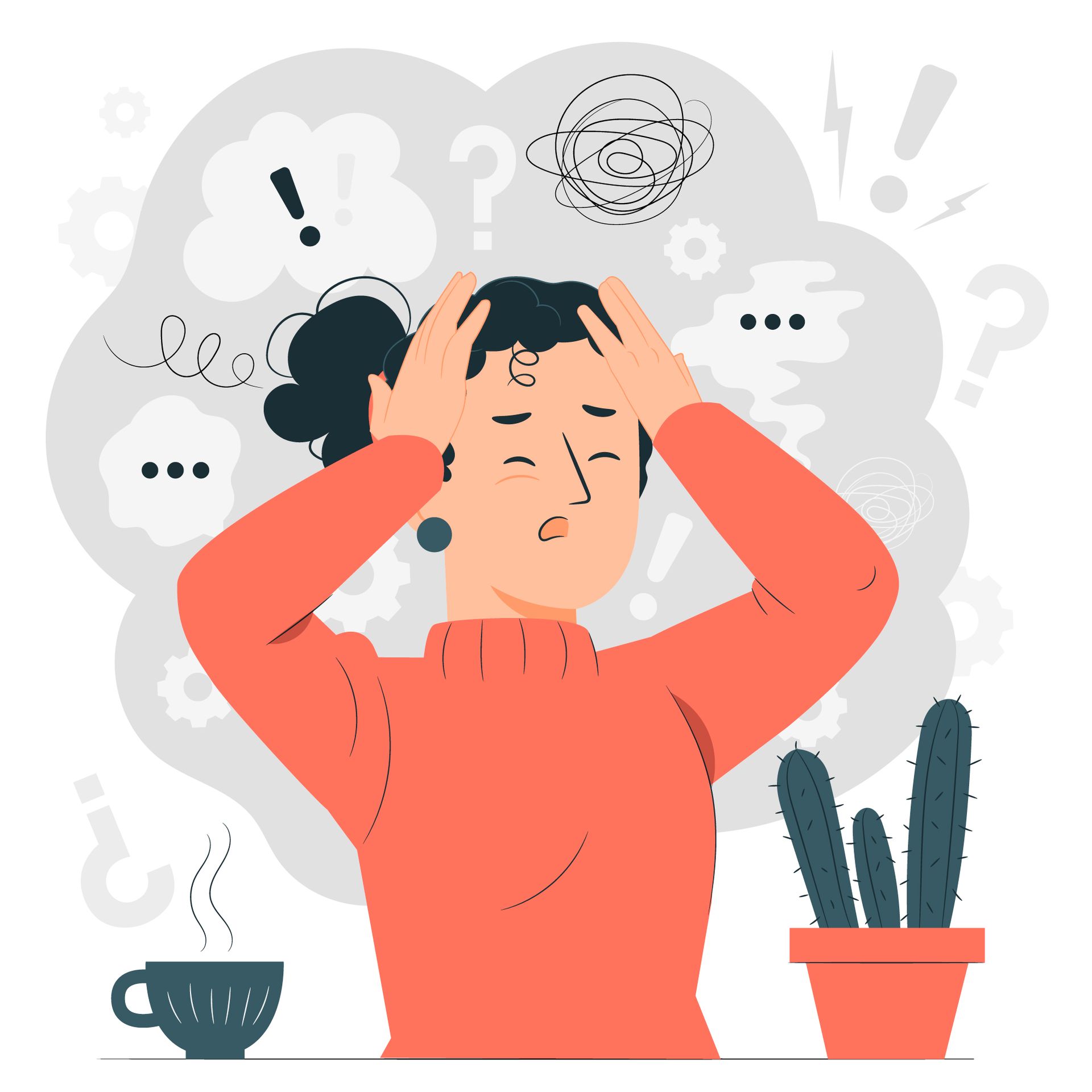Panic Attacks and Panic Disorder

By Thrive Waco’s Executive Director Erin McGinty Fort, M.S., MHA, LPC-S, CEDS-S
WHAT ARE PANIC ATTACKS?
Panic attacks are brief intense episodes of anxiety that are typically experienced by people with panic disorder. Usually, individuals with panic disorder are very aware of and sensitive to bodily sensations such as dizziness, shortness of breath, quickened pulse, and tingling or numbness in the extremities, to name a few. When a person with panic disorder begins to feel these sensations, they misinterpret them as dangerous. The person may fear that they’re having a heart attack, or that something else horrible is happening or will happen. This fear may escalate into a panic attack, in which their anxiety rapidly increases. Whereas some people will describe an anxiety attack as lasting hours, panic attacks tend to peak within 15 to 20 minutes after they begin.
In response to the fear that something awful is happening, many people tend to seek medical help in the form of calling 911 or going to the emergency room. These individuals may go through the standard tests and procedures only to be told that they’re likely having a panic attack and that there is nothing physically “wrong” with them.
People with panic disorder may also call family or friends while they are panicking, and seek reassurance from them that they are, in fact, okay and that nothing terrible is occurring.
Additionally, some people with panic disorder may go to the lengths of purchasing their own medical equipment for the home, so that they’re able to monitor their blood pressure, pulse, body temperature, and other vital signs.
TREATMENT FOR PANIC DISORDER
The treatment for panic disorder is exposure and response prevention therapy (ERP). ERP is a specific type of cognitive-behavioral therapy (CBT) that asks a person to challenge their fears by doing the things that make them anxious, while also asking them not to engage in what we call safety behaviors. Safety behaviors are the things that people do to avoid or escape anxiety-provoking situations or to prevent something terrible from occurring.
With panic disorder, people are asked to engage in interoceptive exposures. Individuals are put through a series of exercises such as breathing through straws, spinning around in chairs, and shaking their heads between their legs. These exercises are meant to mimic the bodily sensations that are so triggering. In most cases, people are able to learn how to experience bodily sensations without believing that something catastrophic is happening.
Panic disorder, like so many other anxiety disorders, is responsive to the right treatment. Thrive Wellness offers outpatient treatment for anxiety disorders , including panic disorder, that consists of both ERP and medication management. Reach out to learn more about outpatient therapy at Thrive.
About the Author
Thrive Waco’s Executive Director Erin McGinty Fort, MS, MHA, LPC-S, CEDS-S
Erin is a licensed professional counselor and supervisor in the state of Texas and has her graduate degrees in both Counseling and Health Administration. She is a Certified Eating Disorder Specialist through the International Association of Eating Disorders Professionals (iaedp), which allows clients to rest assured that they are receiving care from a highly trained, competent, and skilled provider in the area of eating disorders. She is a professional member of both iaedp and the Academy for Eating Disorders. She has specialized training in anxiety disorders, trauma, and perinatal mental health.
She has regularly provided eating disorder training and conference presentations to medical and mental health professionals.
A transplant from the Midwest, Erin has embraced Texas as her home. When not working at Thrive Waco, she enjoys spending time with her husband, daughter, and furry son.
The post Panic Attacks and Panic Disorder first appeared on Thrive Wellness.








